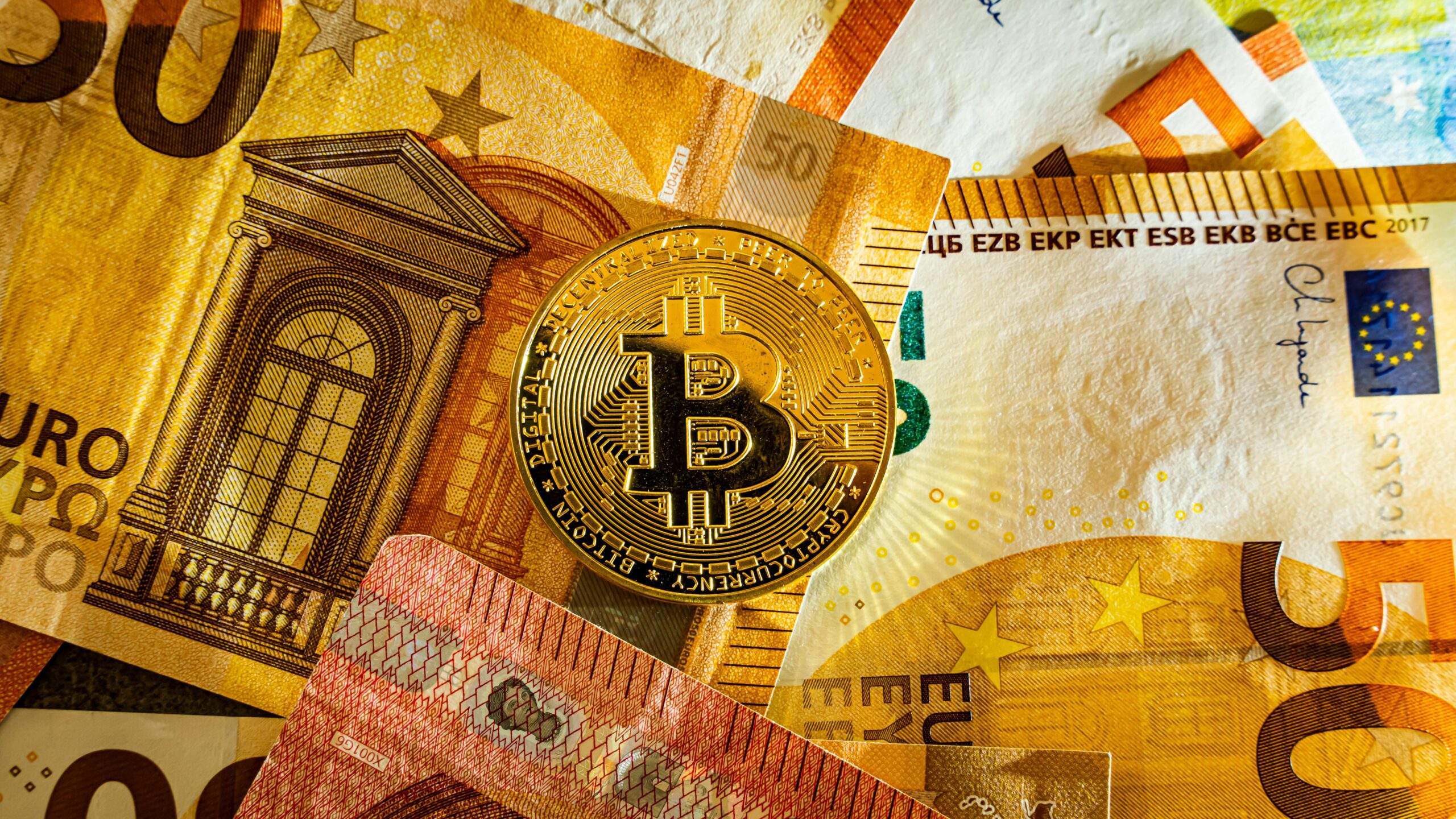The trigger for this article is the retirement of Raghuram Rajan and the manner the Govt conducted itself. A Govt that claimed to be a meritocracy, has just hounded out a person for being “too competent”. The PM stood by and tacitly approved a lynch mob that tore into the very philosophy that can best be credited for converting unstable India into the oasis of stability that it is known to be today.
Declaimer: This article was originally in July 2016, and some of the data points may be outdated
With the departure of Raghuram Rajan, our macroeconomic management is now prone to make many more mistakes, which I will try and outline below.
Macroeconomic management
The first and most obvious one is at the level of the objective of macroeconomic management itself: that we will now pursue growth over stability, in an increasingly fragile/unstable world. Like (in highway driving) accelerating the car just as you enter a heavily populated area. The establishment has no well-articulated understanding of the global economy and the direction it is evolving, something that Rajan had done even before he came into this job.
For example, in a world that has followed loose money policies, where the price of money has been kept artificially low, the natural by-product will be an excess of debt, and therefore, a (relative) scarcity of equity. Like lemmings, everybody is forced into following the same policies by the linkages between debt and currency markets in an increasingly interconnected world. Fault lines in one part of the world will lead to earthquakes, the aftershocks of which will be exported to innocent neighbors.
Do you think our current political establishment has the wisdom to ‘earthquake-proof’ the Indian sand castle? A lynch mob that is defined by the intellectual capacity of a Subramanian Swamy, will hardly be able to identify, let alone quantify, the nature and size of the aftershocks that are round the corner.
The balloon has been inflating for 8 years now, the 4th-longest (and weakest) global recovery in history. At the start of the next (inevitable) recession, we will be carrying the biggest stock of debt (relative to income) ever in history, at the lowest cost ever (again, in history)……40% of the stock of issued bonds (slightly more than 80% of world GDP) is trading at negative yields. A large part of this debt (nearly 30% now) is held by Central Banks, whose losses will be mutualized to you and me, through Govt deficits.
This is the global situation
This is the global situation, but you and I are part of a rather large ship called India, which is not in such poor shape but seems to be heading over the cliff, especially because of all this self-congratulatory hype about being ‘de-coupled’ from the rest of the world. Our biggest enemy is our complacency, visible in the fact that we have just guillotined the boy in the Crow’s Nest for calling out too loudly….!!!
One or the other of these big ships (Europe, UK, Japan, China, even the US) will go down when its bond market revolts and there is a crisis of confidence in the Central Bank, which will be reflected in its currency. This is most likely to happen in a country that has more external liabilities, so my bet is the UK/Europe, but it will. When that happens, credit spreads will zoom into the stratosphere, even as administered rates dive into negative territory. It will cause a currency crisis, followed by an equity collapse (as indebted companies default). The only survivors will be those who have eschewed the easy and cheap debt that is currently available. The major suspects are visible just now.
Like companies, so also countries. India, with its 57% Public Debt ratio, its 23% external debt ratio, and its very low current (external) liability ratio, will be relatively unscathed, provided it stays within the current set of macroeconomic boundaries, without pursuing aggressive growth targets that are decided by “fools with a loud voice”, i.e., the mainstream media, the political opposition and those (like Mr. Swamy) jockeying for position.
As long as most of the incremental growth comes from fiscal/ administrative measures, there will not be much damage. But if we start to resort to monetary stimulus, we are headed down the cliff in a leaky boat. Then we are just another lemming, maybe a younger one headed over the cliff behind the older ones (Europe/UK, Japan, China, and the US, probably in that order).
Nothing that I know about India tells me that we can be different
Nothing that I know about India tells me that we can be different. Individuals may have shown flashes of greatness from time to time, but as a polity, we are one of the poorest, most corrupt, most inept sets of people with a track record of 69 years of consistent misgovernance. For short periods, we have let the agenda be set by sensible people (1991-93 and 2014-16?), with spectacular results, but largely, we have been predictably inept.
The next few years will see a clamor for 8% growth in a 2% global (growth) environment, i.e., 4 times the global average, and against considerable headwinds. Mind you, this is a higher multiple than totalitarian China achieved in a 4-5% global growth environment, but there is no stopping foolishness. In a (relatively) low debt environment, what China achieved cannot be replicated in today’s high-debt situation, with fragile Central Banking reputations and overvalued markets, just waiting to bubble burst.
But this obvious mathematical impossibility cannot stop a set of frenzied lemmings from cheerleading us over the top. The same crowd that has just tasted the blood of the outgoing RBI Governor. I don’t feel sorry for him, he will find another job, maybe as an IMF appointee to manage some other turnaround case. I worry about the crowd that is now turning its attention to the philosophy that he espoused, wanting to push the Govt to go faster till the wheels come off.
I can’t change all this, I think, but I can certainly use it to make money off it, even if it is on the dead bodies of those of my countrymen who don’t read my columns. If the world is unlucky enough to get a Trump Presidency, you can expect a massive currency war by the US, which will set off waves of carry-trading into the Indian Re. From what I know of Indian governance, we will wilt under the pressure and not have the guts to clamp down (even administratively) on the inflows, setting us up for a 2008-like exit. That is one place to hold back your cash.
Another one will be to sell into (preferably all your physical stocks, don’t short-sell) a rally that takes the Nifty beyond 20-24 times trailing earnings. If you want to short sell, choose economy-led stocks, and do it in small lots through the top, rolling over profits, till the market drops some 30% from its high.
Unlike earlier times, this time, you will not see the huge highs in earnings multiples that the Nifty has touched earlier, except on the back of massive flows from Dollar/ Euro/ Yen. Expect a sharp increase in volatility, especially in currency and hence equity markets in India. Watch for the RBI’s sterilization actions, and the Re’s divergence from the REER, a key indicator of macroeconomic mismanagement. The higher the divergence, the bigger the subsequent crisis. Stay substantially in cash and wait out the opportunity, you will get paid for it, rest assured.
Indian misgovernance is quite a recurrent theme to bet on, predictably repetitive. As long as Raghuram Rajan was there, it looked like things had changed for the better. With him gone, the forces that led to his exit will ensure that this is just the first rolling stone to set off an avalanche. It would be one of the safe macroeconomic themes to bet on.







